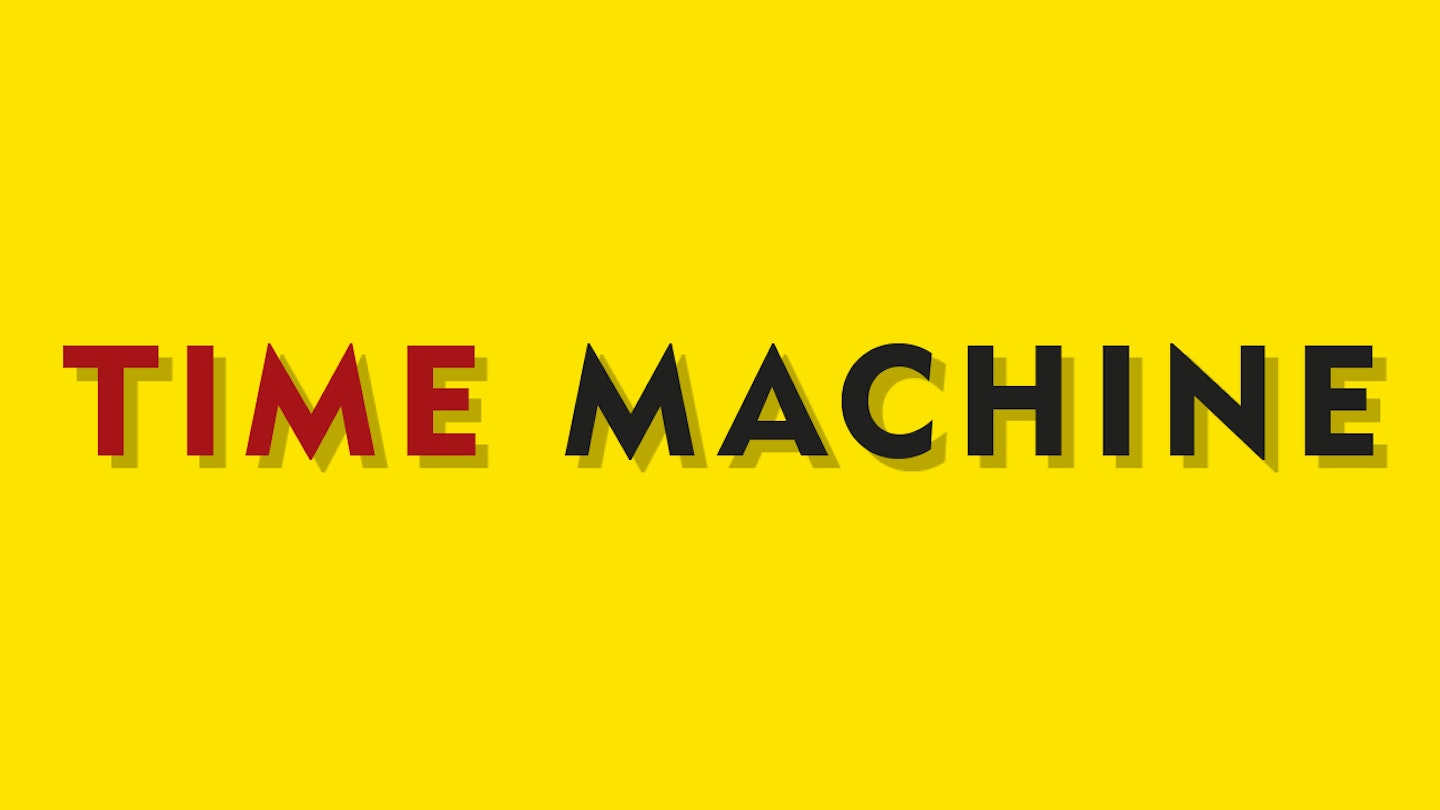14 May, 1977
It seemed every show boasted an element of importance that month in New York City. On the 14, Carly Simon, who’d been retired for five years and was soon to provide the theme to Bond movie The Spy who Loved Me, opted to return to live performance via a brace of gigs at Paul Colby’s Other End, the small Bleecker Street club formerly known as the Bitter End. The welcoming committee proved suitably stellar, with Mick Jagger, Herbie Mann, Warren Beatty, Art Garfunkel and Diane Keaton among the well-wishers exchanging pleasantries with the singer’s hubby James Taylor.
Not that the sea of celebs impressed Village Voice’s downtown scribes. She was, it was judged, too culturally privileged and impossibly romantic - one complained that Carly’s preoccupation “with that old demeaning dance of courtly love” scarcely passed the credibility test. “She’s been doing gigs in Peking for the last three years,” joked drummer Rick Marotta after Carly introduced as her bassist.
“I was a little nervous - on the brink of being scared.”
Dolly Parton
Jagger, allegedly a Simon beau at one point and the possible subject of You’re So Vain at another, was enjoying the New York club scene that month, having popped up at Studio 54 to provide his wife Bianca with a birthday gift – a horse. He was also present at the Bottom Line on May 12 when Dolly Parton, attempting a pop crossover, sashayed in to perform her seventeen-song act before an audience including Candice Bergen, Eric Idle, Lily Tomlin, Patti Smith and Phoebe Snow. “I was a little nervous - on the brink of being scared,” revealed Dolly, who launched into her set with a joyous Higher And Higher, “but when I walked on stage, I was at ease - the crowd was just great”. New York Times critic, John Rockwell, observed: “The psychological strain of cutting some of her professional ties with Nashville… has taken a toll and exacerbated a recurrent problem with nodes on her vocal chords. But those worries were forgotten as soon as she began to sing.”
Earlier, on May 8, Olivia Newton-John had also registered a first - an appearance at Carnegie Hall. Her country music career was then on the wane, and she was in dispute with her label MCA. Nevertheless, a concert at the Hall provided a career landmark, one that was duly celebrated with a post show party at the Hotel Pierre, where Melba Moore, Andy Warhol, Helen Reddy, Sandy Dennis, Sylvia Miles, Don Kirshner duly toasted the Cambridge-born Aussie.
Another country music venture also headed into the Hall that month, on the 17. Jim Halsey, a manager/booking agent who was challenging Nashville’s grip on the genre, brought his Tulsa-based Country Comes To Carnegie Hall showcase into town. Featuring Don Williams, Freddy Fender, Hank Thompson and Roy Clark, it provided an impressive line-up. The quiet-voiced Halsey explained how he had fashioned his empire, which also included Tammy Wynette, Merle Haggard and scores of other stars, on the back of a friendship with the veteran Hank Thompson. “It began in 1951 when Hank called me and asked me to handle his dates,” he recalled. “I was 20 years old at the time. But I got a portable typewriter and a bag of clothes, got on Hank’s bus and made 250 dates myself that year. I’d hardly been out of Kansas at the time.”
Minnie Riperton And George Benson Play The Palladium
Not that Country Music completely dominated the New York scene. Jazz guitar supreme George Benson seemed to be headlining prestigious concerts all over the city. On May 6 he was joined by fellow guitarists Les Paul, Gabor Szabo and Bucky Pizzarelli at the Metropolitan Museum of Art, two days later playing a Palladium concert with the courageous Minnie Riperton, who was terminally ill but refused to give up recording and touring. Other shows, at Avery Fisher Hall, with the Dance Theatre Of Harlem plus a jazz concert involving Joe Sample, Grover Washington Jr and others, completed Benson’s tour of New York venues.
In truth though, despite the crowd pulling power of the various rock, pop and jazz exponents that provided the headlines during the month, two stage-musical legends that proved to be New York City’s most potent ticket sellers in May 1977. On May 15, 63-year old Mary Martin and the ever-belting Ethel Merman, 69, teamed up for a Sunday night one-off at the Broadway Theatre that saw the box office having to return over $35,000 worth of unfulfilled ticket requests, proving that as far as New York was concerned there still was no business like stage-blasting, truly traditional show business.
